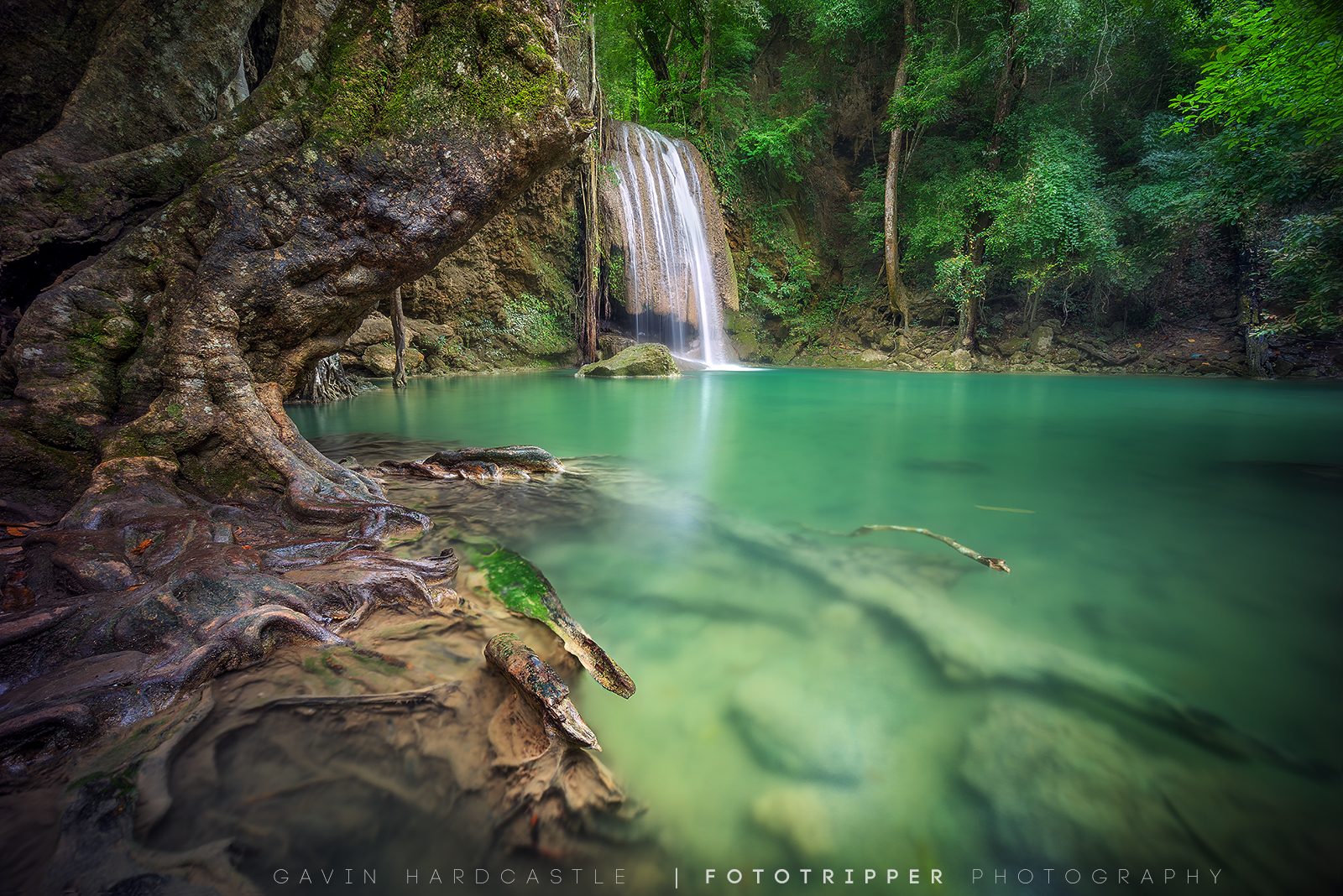News Blast
Your daily dose of trending news and insightful articles.
Beyond the Horizon: Secrets of Stunning Landscape Shots
Unlock the secrets to breathtaking landscape photography and elevate your skills beyond the horizon! Discover tips and techniques today!
5 Essential Tips for Capturing Breathtaking Landscape Photography
Capturing breathtaking landscape photography requires both an understanding of your environment and the right techniques to bring your vision to life. Start by exploring your surroundings to find unique angles and compositions. Natural landscapes often change with the light, so pay attention to the time of day. The golden hours—shortly after sunrise and before sunset—offer soft, warm light that enhances colors and details. Additionally, consider using a tripod for stability, especially in low light conditions, which allows for longer exposure times without compromising image quality.
Another essential tip is to incorporate foreground elements into your composition. Including objects in the foreground can add depth and context to your landscape photos, making them more engaging. Use leading lines to guide the viewer's eye through the frame, directing attention to the main subject. Lastly, always be prepared to experiment with your settings—play with different apertures, shutter speeds, and ISO settings to achieve the desired effect. Remember, practice is key in honing your skills and developing your own unique style in landscape photography.

The Best Times of Day for Stunning Landscape Shots
Capturing stunning landscape shots is all about timing and light. The best times of day for photography are generally during the golden hour, which occurs shortly after sunrise and before sunset. During these magical moments, the sun casts a warm, golden hue that enhances the natural beauty of landscapes. Photographers often find that the soft light creates long shadows and adds depth to their images, making it an ideal time to shoot mountains, valleys, and bodies of water.
In addition to the golden hour, blue hour—the period of twilight before sunrise and after sunset—offers a unique opportunity for breathtaking landscape photography. During this time, the sky transitions into rich blues, which can beautifully contrast with illuminated buildings or natural elements. To achieve the best results, consider scouting your locations ahead of time and planning your shots to take advantage of these specific times, ensuring that your photographs reflect the stunning beauty of nature in its most favorable light.
How to Choose the Perfect Location for Your Landscape Photos
Choosing the perfect location for your landscape photos can significantly enhance the overall impact of your images. Start by considering the time of day you plan to shoot, as natural lighting conditions can transform the scene. Early morning or late afternoon provides golden hour lighting, which adds a warm glow to landscapes. Additionally, scout locations that offer interesting foreground elements, such as rocks or plants, to create depth in your composition. Don't forget to check the weather forecast as overcast skies can provide a soft and diffused light that is often ideal for landscape photography.
Another key factor in your location choice is the composition of the landscape. Utilize the rule of thirds by positioning key elements along the gridlines to create a balanced composition. Research local landmarks or natural features that might serve as focal points in your photograph. When possible, explore less popular locations; sometimes, the most breathtaking landscapes are off the beaten path and less crowded. Lastly, always keep your camera ready to capture spontaneous moments, as the right location can reveal hidden beauty in unexpected situations.